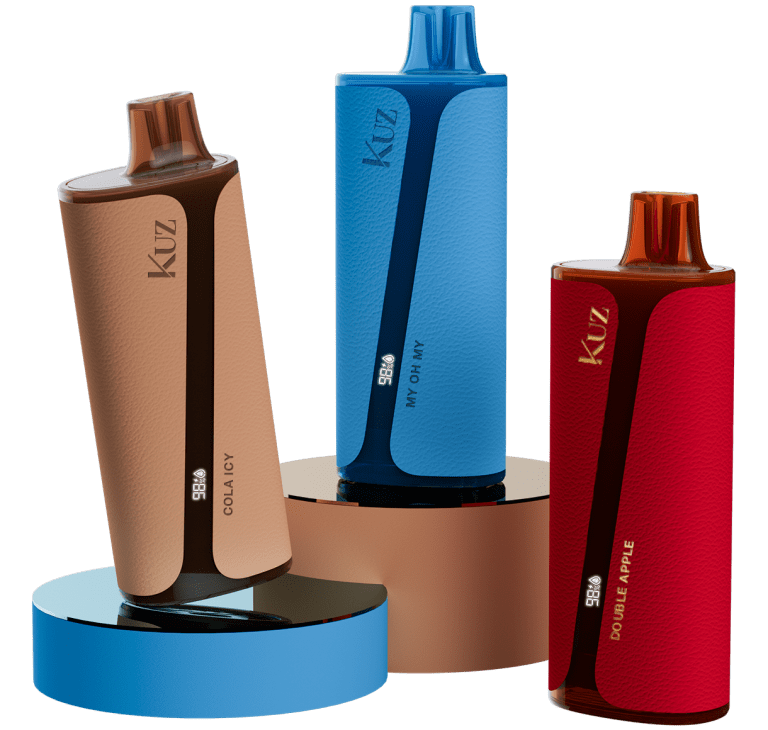In recent years, vaping has become a popular alternative to smoking, especially among those who are mindful of their health. However, for individuals with celiac disease or gluten sensitivities, an important question arises: Are vapes gluten-free?
Understanding Gluten and Its Sources
Gluten is a protein found in wheat, barley, and rye. It’s infamous for causing health issues in those with celiac disease, leading to symptoms such as bloating, fatigue, and gastrointestinal discomfort. While gluten is predominantly found in food, its presence in non-food items, such as medications or cosmetics, is also a concern for sensitive individuals.
The Core Components of E-Liquids
The good news is that most e-liquids are gluten-free by nature. The primary ingredients in e-liquids—propylene glycol (PG) and vegetable glycerin (VG)—are derived from non-gluten sources. PG is often sourced from petroleum, while VG is typically derived from vegetable oils like soy or palm. Both substances are safe for individuals with gluten sensitivities.
Potential Gluten Sources in Vaping
Despite the gluten-free nature of PG and VG, certain risks remain. Flavorings and additives in e-liquids could potentially contain gluten. For instance, some flavorings might be derived from gluten-containing grains, or cross-contamination could occur during the manufacturing process, especially if the facility also handles gluten-containing products.
Choosing Gluten-Free Vaping Products
For those with severe gluten sensitivities, it’s crucial to choose e-liquids and devices that are explicitly labeled as gluten-free. Several reputable brands offer gluten-free vape juices, ensuring that all ingredients are carefully selected and processed to avoid contamination. Brands like VaporFi and ECBlend are known for their commitment to providing gluten-free options, offering a wide range of flavors that cater to different preferences.
Tips for Safe Vaping with Gluten Sensitivities
- Read Labels Carefully: Always check the ingredient list on e-liquid bottles. Avoid products that list any form of wheat, barley, rye, or oats.
- Contact Manufacturers: If in doubt, reach out to the manufacturer to confirm whether their products are gluten-free.
- Choose Trusted Brands: Stick to brands known for their transparency and commitment to gluten-free production.
- Watch for Symptoms: If you experience any symptoms after vaping, such as bloating or fatigue, it might be worth reconsidering the products you are using.
- Avoid Shared Devices: Do not share your vape device with others, as this could lead to cross-contamination.
Conclusion
While vaping can be a safe alternative for those with gluten sensitivities, it’s essential to be vigilant about the products you choose. By opting for gluten-free e-liquids and ensuring your vape devices are free from contamination, you can enjoy a worry-free vaping experience. Always prioritize your health by staying informed and making conscious choices about what you inhale.



